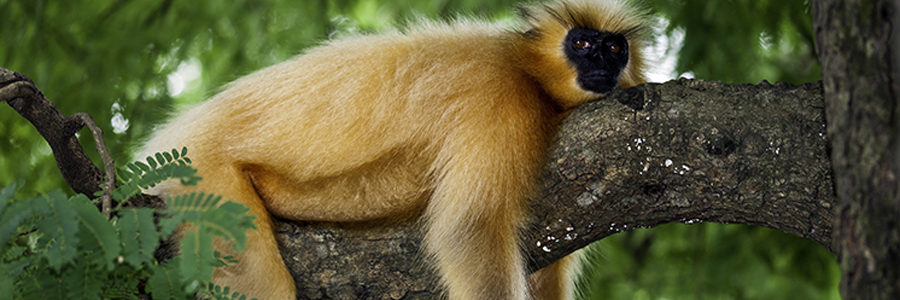The Potala Palace of Lhasa, Tibet, has been the winter palace of the Dalai Lama since the 7th century. It symbolizes Tibetan Buddhism and its central role in the traditional administration of Tibet. The palace complex comprised of the White and Red Palaces and their ancillary buildings, is built on Red Mountain in the center of Lhasa Valley, at an altitude of over 12,000 feet. Also founded in the 7th century is the Jokhang Temple Monastery. Norbulingka, the Dalai Lama’s former summer palace, constructed in the 18th century, is also a masterpiece of Tibetan art. The beauty of the architecture of these three sites with their rich ornamentation and harmonious integration into the striking landscape, add to their historic and religious interest. Tibet is often offered as a pre- or post-extension to Brahmaputra or Ganges River cruises.


